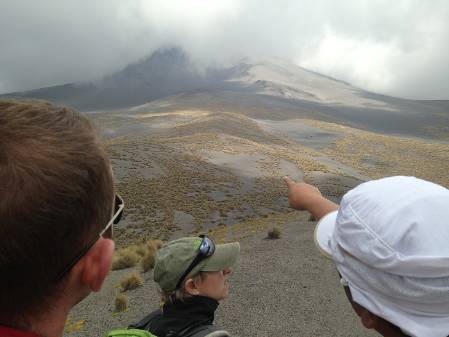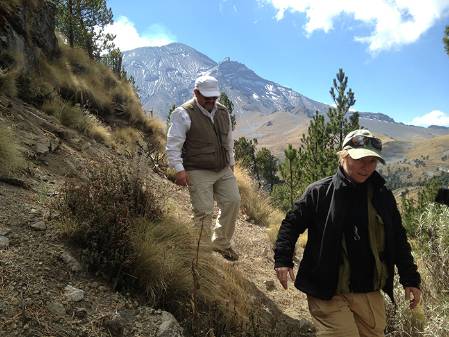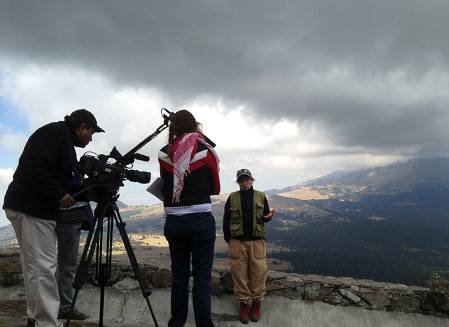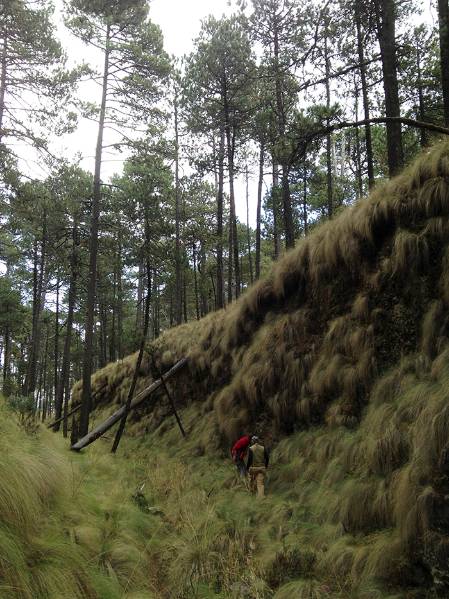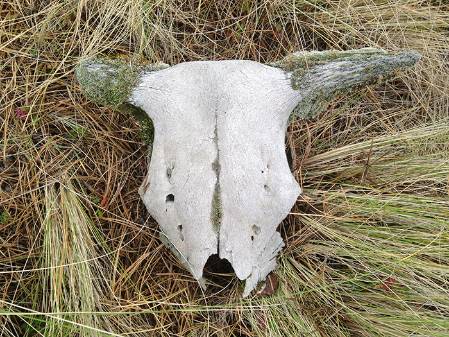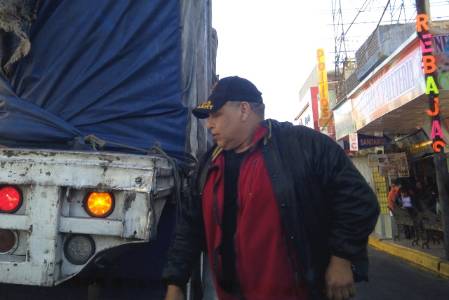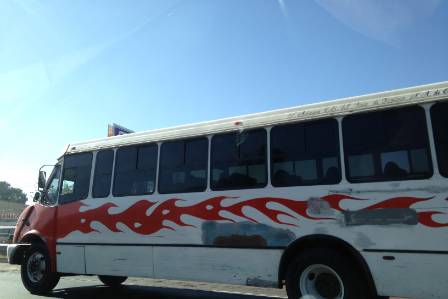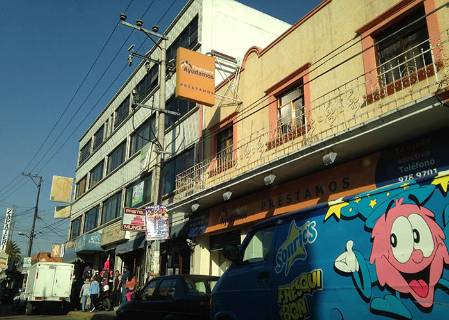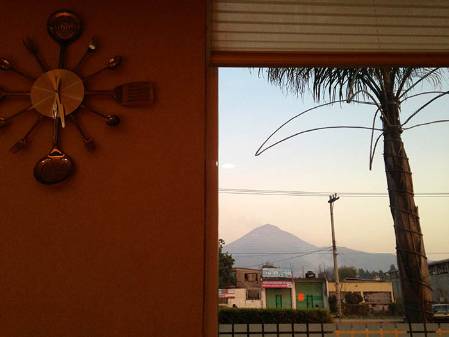Before I tell you about another dramatic day in the field, here's a choice clip of our base town Amecameca. Lest we forget just how interconnected Popocatepetl volcano and this cool little town's residents are.
(This video has no sound)
Today we travel to a station in Tlamacas, 4,000m up, and on the way the subject is raised of Thursday and Friday's 5,000m climbs. 'What do we do if someone fails?' says Chiara. Hugo discusses the severity of symptoms and probability of sickness increasing with numbers. I suddenly feel the opportunity to climb slipping away. But altitude sickness is not something you can take sole responsibility for. If you get sick, the whole team is affected. So it's clear who should stay and who should go.
For now though, we travel together and hit the point in the road where a deep volcanic ash becomes our path forwards. 'We can drive a little further, then we walk' says Hugo. With that, our four wheel drive tries to engage it's four wheels. On our right is a drop of say 20 metres. Our back right wheel decides the latter is the route this car is taking and Hugo's passengers lose all colour in their cheeks. I bail without hesitation and we all attempt to push the car to safety, walking boots slipping ever nearer toward the drop. Purchase achieved, our lungs recover and our nerves unjangle.
Getting stuck is the pastime of a true geologist.
Where are we? It's a landscape I've never seen before, never thought existed. 'We're on the moon,' says Dave grinning.
Ash, more high altitude Sacaton and mounds of alien-looking mosses. A perfect location for a 70's Bowie video.
The conversation stays dark like the volcanic ash we tread as Dave shows me how to grip a walking pole so as not to break my wrists if I fall. I appreciate the technique and continue the hike to the station. My heart is racing but my pace is slow. Hey altitude, nice of you to drop by again.
Chiara steams ahead on a full recovery. Last one up writes the blog.
We're on the south west side of Popo and as we reach 4,000m Hugo needs to inform Cenapred (National Centre for the Prevention of Disasters) of our wish to collect samples. The monitoring equipment they use will pick up our hammering and - possibly - even our footsteps. Negotiations take place and we continue.
Hugo points out an incredible face of bi-colour lava. 'Look at the layers, says Dave. 'Shows incredible flow.' Hugo, armed with hammer smashes clean samples for everyone. 'It's between 1,300 to 2,000 years old. Two generations of magma, perhaps. 'The excitement is palpable, our dark thoughts are shifted.
Undeniably beautiful but I wouldn't want to carry a slab at 4,000m.
On our ascent to the station we see some fabulous scoria. One of the major igneous rocks, lightweight and extrusive. I'm sure I see Dave skip. And there were definitely three 'awesomes' as he surveyed the rocks. But we'd not collected any as the ascent seemed our goal. We want some now, especially a large specimen we'd all cooed over.
To get it we need to descend and it's steep, loose and a little scary to Chiara and I. 'As we Italians say, 'If you don't have head, you give leg!' she says which means we have to go back and get it. 'It's FINE. Let's do a scree run,' says Dave nonchalantly. I check my walking pole straps to ensure non-breakage of wrists and we run down the slope after Dave who, arms outsretched and invigorated is shouting, 'Easy!'
Altitude-enhanced snack packaging. Never gets old.
I've brought with me a friend's backpack that she took to Everest. Its roomy to say the least. I offer it up for the collection of the big scoria. Proudly I carry what Dave and Chiara were sure would make it into the Museum's collections or possibly a gallery. Ten glorious minutes of hefting it, then I beg Dave to carry it.
Before we head back to the jeep, we survey Friday's climb. The ten hour hike. We've fared very well today, quite elated stomping down from the station. Not even tamales can prepare the team for what's to come.



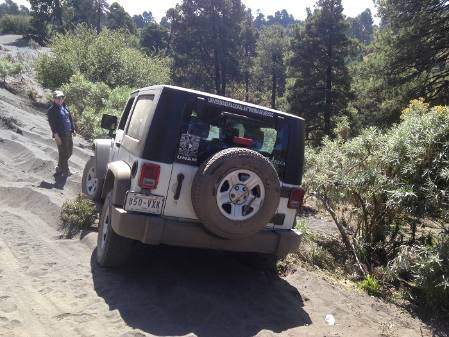

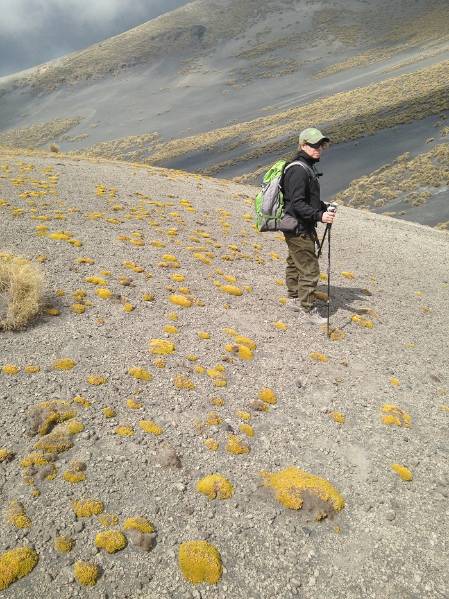


.jpg)
